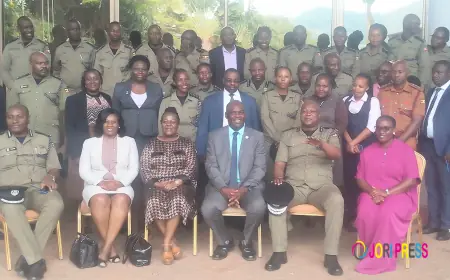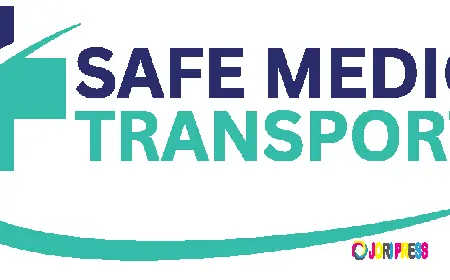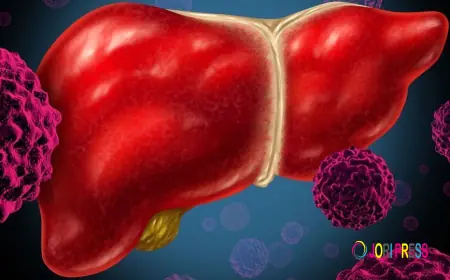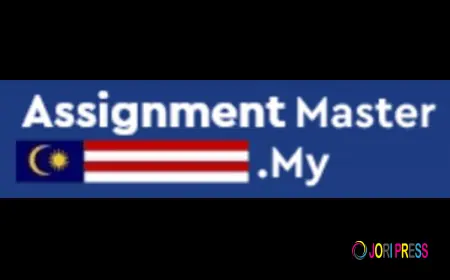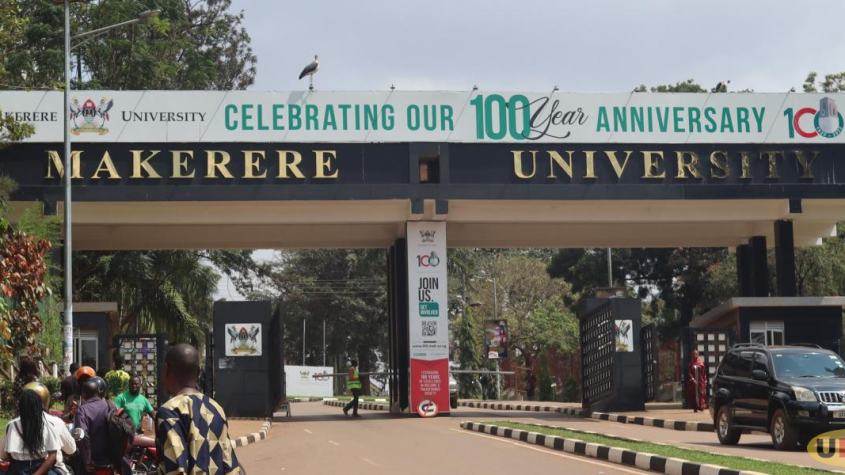Transforming Uganda’s education system: Establishing schools in catchment areas



Education is the cornerstone of national development. It is not merely a public service but a fundamental human right and a shared national responsibility.
In Uganda, while significant strides have been made toward improving access to education, serious challenges remain especially in rural and underserved communities. Long distances to school, inadequate infrastructure, teacher shortages and high dropout rates continue to rob many Ugandan children of their futures.
If our nation is to compete and excel on the global stage, we must produce thinkers, innovators and problem-solvers. Education is the key driver on this path. Yet, successive efforts, though well-intentioned, have often prioritised enrolment over quality, and access rather equity.
It is time to change that. To comprehend how education has evolved and what actions are necessary to reform Uganda’s education system, we must explore the introduction of universal primary education and, subsequently, universal secondary education by the current government.
Uganda embraced Universal Primary Education (UPE), with the policy being officially inaugurated by President Museveni on January 10, 1997. The UPE initiative eliminated tuition fees for primary education in government-run schools. At the start, it permitted up to four children per family, with a requirement that two of them be girls.
The rationale behind this policy was a direct response to the alarmingly low primary school enrolment rates and the high levels of illiteracy in the nation.
It was specifically designed to eliminate the financial obstacles that hindered impoverished families from enrolling their children in school, while also striving to meet the Education for All objectives and later the Millennium Development Goals (MDGs), particularly MDG2, which focused on Achieving Universal Primary Education and promoting equity by ensuring education for all, especially for girls and children from marginalised regions.
Following the adoption and announcement of the UPE policy, there was a significant and unprecedented increase in enrolment. The number of primary school pupils nearly doubled overnight.
This rapid influx of learners created substantial challenges that the system was not adequately prepared to handle, including severe overcrowding in classrooms, a shortage of teachers and teaching materials, strain on infrastructure (classrooms and latrines), and concerns regarding temporary quality due to the high ratios of pupils-to-teachers and pupils-to-materials.
Since its inception in 1997, the UPE initiative has faced considerable obstacles, primarily stemming from corruption. This has led to many schools lacking essential facilities, qualified teachers and sufficient teaching and learning materials, thereby compromising the quality of education.
Reports indicate that the quality of education is deficient, as resources meant to improve it are being misappropriated by officials who enrol their own children in expensive private institutions.
Despite the persistence of these challenges and the lack of effective solutions, the government moved forward with the implementation of Universal Secondary Education, which was launched at the beginning of the 2007 academic year.
This initiative faced similar challenges as UPE, with further implementation aligned with Sustainable Development Goal 4; to ensure inclusive and equitable quality education and promote lifelong learning opportunities for all, specifically target 4.1 for free primary and secondary education.
It is essential to acknowledge that despite the government endeavour to fulfil the Sustainable Development Goals, it is evident that the country has considerably underperformed in numerous Millennium Development Goals, especially in the domain of Universal Primary Education.
There is a pressing need for comprehensive, transformative and sustainable reforms to ensure that no child in Uganda is disadvantaged due to their geographical location or their family’s financial situation.
By establishing schools in all catchment areas across the nation, we can create an education system that is fair, inclusive, secure and of high quality. Whether under the current administration or a future one, the vision should be to develop a Uganda where every child, irrespective of their location or socio-economic status, has access to a safe, inclusive and high-quality educational institution within their community.
This approach will remove obstacles to education by setting up accessible schools in all catchment areas, particularly in primary education, thereby ensuring that every child has the opportunity to learn, flourish, and contribute to the progress of Uganda.
The guiding principles should include Equity: Focus on the most marginalized communities. Quality: Enhance not only access but also the overall learning experience.
Sustainability: Construct resilient, environmentally friendly infrastructure. Community Ownership: Involve local populations in planning, governance and management.
Accountability: Dedicate efforts to transparency, assessment and ongoing enhancement.
KEY POLICY REFORMS
Educational Reform Act. Promote the establishment of a new Educational Reform Act aimed at: Ensuring that quality education is recognized as a constitutional right for all Ugandans, addressing class disparities, gender inequalities, poverty, and unemployment through education, and institutionalizing fair resource distribution for education across various regions.
Proximity and Accessibility: Guarantee that every child has access to a school within three to five kilometres from their residence, with a focus on underserved rural areas, districts hosting refugees, and communities where children are forced to study outdoors or in overcrowded classrooms.
Additionally, prioritize the removal of obstacles for girls and children with disabilities, who are disproportionately affected by lengthy travel distances. Infrastructure Development. Construct robust, child-friendly educational facilities equipped with modern classrooms, libraries, science laboratories and ICT resources.
Implement gender-sensitive architectural designs, which include separate latrines, facilities for menstrual hygiene, and access to safe water. Provide boarding options, when necessary, especially for girls from remote regions, and adopt environmentally sustainable construction practices to minimize costs and ecological impact, ensuring enduring sustainability.
Community and Multi-Sectoral Collaboration: Involve local leaders, parents and stakeholders in the planning, construction and governance of schools to cultivate a sense of ownership and accountability.
Collaborate with government bodies, NGOs and development partners such as the World Bank, UNHCR and Windle International Uganda to gather resources and expertise. Ensure that all initiatives are aligned with national policies, including Uganda’s National Road Safety Action Plan (for Safe School Zones) and The Education Response Plan for Refugees and Host Communities.
Quality Education and Teacher Support: Recruit, train and retain qualified educators, particularly focusing on STEM and vocational training to address Uganda’s developmental requirements.
Provide housing for teachers near educational institutions to enhance retention and minimize absenteeism in remote regions. Where possible, incorporate digital learning tools to bridge the educational gap between urban and rural areas, and reinforce ongoing professional development for educators to uphold high instructional standards.
Safety and Protection: Create Safe School Zones with traffic-calming measures (such as 30km/h speed limits and pedestrian crossings) to avert road accidents. Strengthen child protection systems to prevent violence, abuse, and exploitation within schools, in accordance with The Children’s Act (2016) and The Gender in Education Policy.
Train educators and staff in child safeguarding, trauma-informed care, and inclusive education.
ACTION PLAN
Needs Assessment and Mapping: Collaborate with the ministry of Education and Sports and partner organizations to pinpoint areas with high needs, utilizing reliable data to effectively allocate resources.
Phased Construction Strategy: Initiate efforts in the most underserved regions, including refugee settlements, and expand nationally in a systematic and resource- efficient manner.
Community Sensitization: Implement awareness campaigns highlighting the importance of education, aimed at parents and guardians to promote enrolment and diminish cultural barriers.
Monitoring and Evaluation: Develop a transparent framework to monitor progress and outcomes, regularly assess construction quality, enrolment, retention, and learning results, and ensure adaptive management for ongoing improvement. This is a call to action.
We urge government, private sector, civil society and development partners to unite behind this cause. Education is not solely the responsibility of one ministry or administration; it is a collective effort that shapes the future of our nation.
By establishing schools in every catchment area, we can break the barriers of geography, poverty and inequality. We can create a generation of empowered Ugandans ready to build a peaceful, prosperous and innovative country.
Together, let us commit to leaving no child behind. Let us build an inclusive, equitable, and excellent education system, one school at a time.
The writer is a political analyst.
What's Your Reaction?
 Like
0
Like
0
 Dislike
0
Dislike
0
 Love
0
Love
0
 Funny
0
Funny
0
 Angry
0
Angry
0
 Sad
0
Sad
0
 Wow
0
Wow
0









